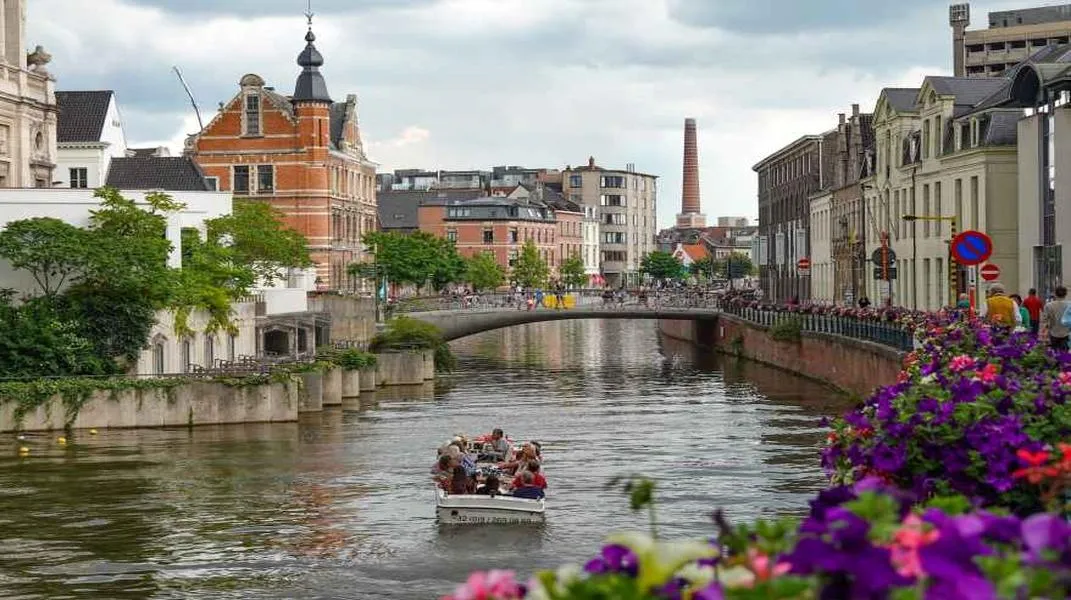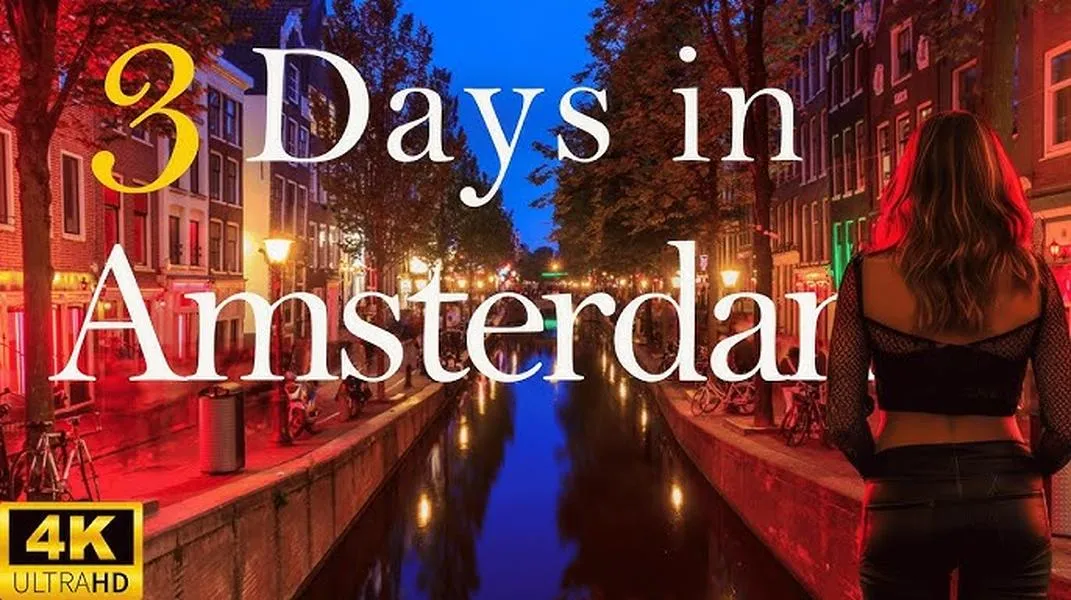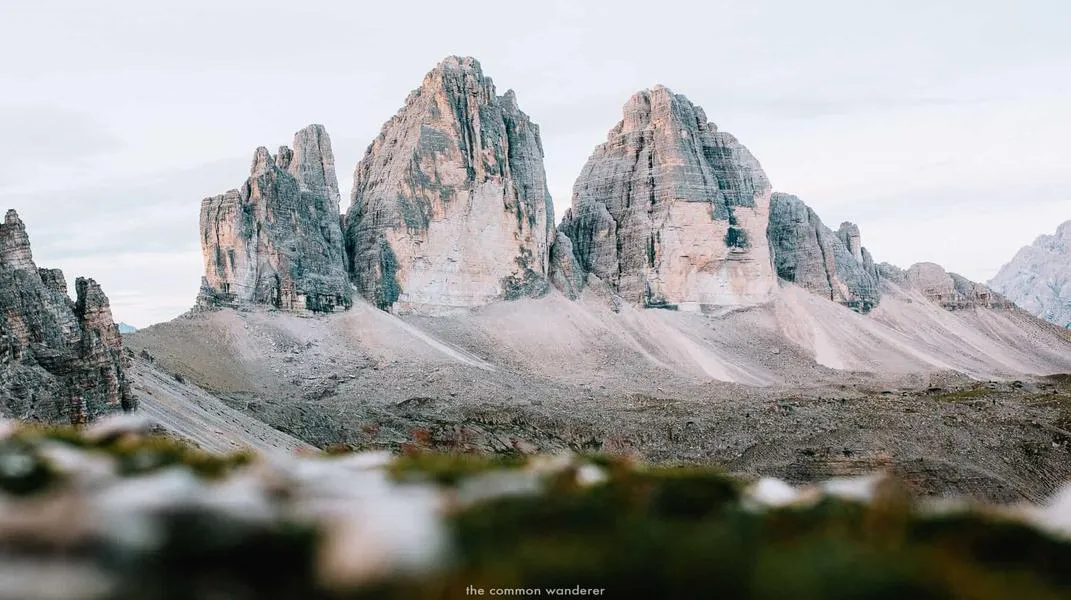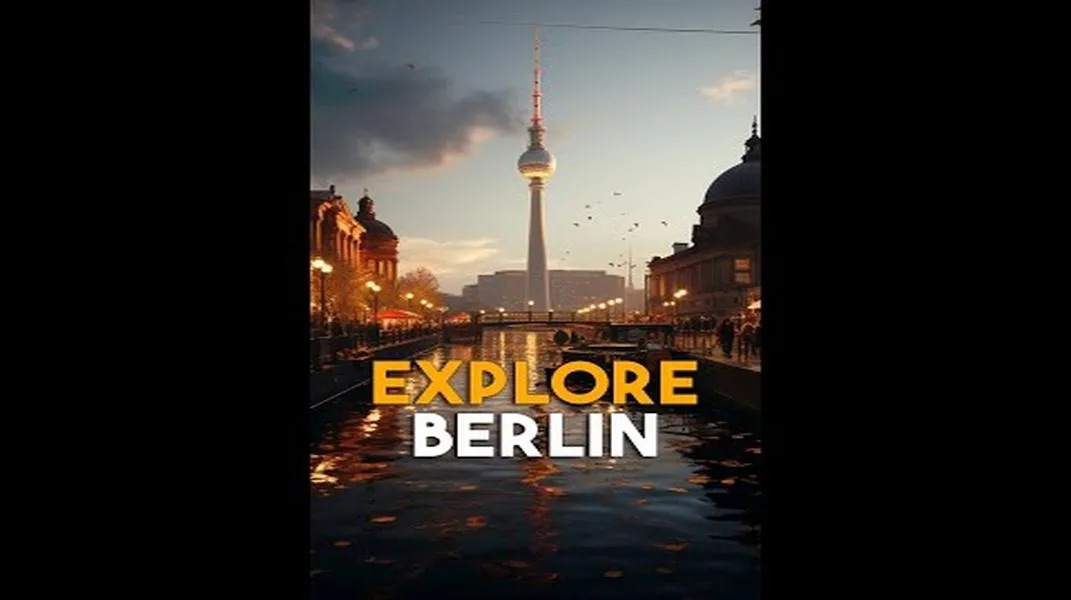Exploring the Heart of Europe: A Comprehensive Guide to Brussels
Brussels, the capital of Belgium and the European Union, is a city that beautifully combines history, culture, and modernity. With its stunning architecture, rich heritage, and vibrant atmosphere, Brussels is a must-visit destination for travelers from all walks of life. This article will delve into the city's most notable attractions, provide insights into its unique culture, and offer practical tips on what you need to prepare for your visit.

A Historical Overview
Brussels has a rich history that dates back to the 10th century. Originally a small settlement, it evolved into a thriving commercial center by the 13th century. Over the centuries, the city has seen various rulers and influences, from the Burgundian dukes to the Spanish and Austrian Habsburgs, culminating in its status as the de facto capital of Europe. This blend of historical influences is evident in the city’s architecture, cuisine, and cultural practices.
Key Attractions in Brussels
1. Grand Place
One of the most iconic landmarks in Brussels is the Grand Place (Grote Markt), a UNESCO World Heritage site. This central square is surrounded by opulent guildhalls, the Town Hall, and the King's House. The intricate architecture, particularly the Gothic-style Town Hall, showcases the city's wealth during the 17th century.
Visit the Grand Place at different times of the day. In the morning, it is less crowded and allows for a peaceful stroll. In the evening, the square is beautifully illuminated, creating a magical atmosphere perfect for a leisurely dinner at one of the nearby restaurants.
2. Manneken Pis
Just a short walk from the Grand Place is the quirky statue of Manneken Pis, a small bronze figure of a boy urinating into a fountain. Despite its size, this statue has become a symbol of Brussels' irreverent sense of humor and spirit. The statue is often dressed in various costumes throughout the year, offering a fun photo opportunity for visitors.
3. Atomium
The Atomium is a modernist structure and iconic landmark that was constructed for the 1958 Brussels World's Fair. Designed to resemble an iron crystal magnified 165 billion times, it consists of nine interconnected spheres. Visitors can explore the spheres, which house exhibitions, a restaurant, and observation decks that offer panoramic views of the city.
4. Royal Palace of Brussels
The Royal Palace is the official palace of the King and Queen of Belgium. While the royal family does not reside here, the palace is used for official functions and ceremonies. Visitors can explore the palace during the summer months when it opens its doors to the public. The beautifully landscaped Brussels Park adjacent to the palace adds to the charm of this regal area.
5. Magritte Museum
For art enthusiasts, the Magritte Museum is a treasure trove of surrealism. Dedicated to the works of Belgian artist René Magritte, the museum houses the largest collection of his paintings in the world. The museum's layout allows for a chronological journey through Magritte's artistic evolution, making it an enriching experience for visitors.
6. European Quarter
As the de facto capital of the European Union, Brussels is home to many EU institutions. The European Parliament is a major draw for visitors, offering guided tours that provide insights into the workings of the EU. The area is also home to the Parc Leopold and numerous international restaurants, reflecting the city’s diverse cultural heritage.
7. Sablon District
The Sablon district is one of Brussels' most charming neighborhoods, known for its antique shops, chocolatiers, and the stunning Church of Our Blessed Lady of the Sablon. This Gothic-style church is famous for its impressive stained glass windows and beautifully crafted altars. The area comes alive on weekends with its antique market, where visitors can hunt for unique souvenirs.
8. Delirium Café
No visit to Brussels would be complete without experiencing its famous beer culture. Delirium Café is a must-visit for beer lovers, boasting an extensive list of over 2,000 different beers, including a variety of local Belgian brews. The lively atmosphere and eclectic decor make it a perfect spot to unwind after a day of sightseeing.
Preparing for Your Visit
To make the most of your trip to Brussels, careful preparation is key. Here’s a comprehensive list of materials and considerations to help you enjoy your visit:
1. Travel Documentation
Ensure that your passport is valid for at least six months beyond your planned departure date. If you are a citizen of the EU or the Schengen Area, you can travel freely without a visa. Other nationalities may need to check visa requirements before traveling.
2. Accommodation
Brussels offers a wide range of accommodations, from luxury hotels to budget hostels. Consider staying in neighborhoods like the city center, the Sablon, or the European Quarter for easy access to major attractions. Booking in advance is recommended, especially during peak tourist seasons.
3. Transportation
Brussels has an efficient public transportation system, including trams, buses, and the metro. A Brussels Card offers unlimited access to public transport for 24, 48, or 72 hours, along with free entry to many museums. Alternatively, consider renting a bike to explore the city at your own pace.
4. Language
Belgium has three official languages: Dutch, French, and German. In Brussels, both French and Dutch are widely spoken, but English is also commonly understood. Learning a few basic phrases in French or Dutch can enhance your interactions with locals.
5. Currency
The currency used in Belgium is the Euro (€). Credit and debit cards are widely accepted, but it’s advisable to carry some cash for smaller establishments or markets. ATMs are readily available throughout the city.
6. Packing Essentials
- Clothing: The weather in Brussels can be unpredictable. Pack layers, and be prepared for rain, especially if you visit in fall or winter. Comfortable shoes are essential for walking around the city.
- Travel Guide/Map: While digital maps are handy, having a physical map or guidebook can be useful in areas with limited internet connectivity.
- Camera: Capture the stunning architecture and vibrant street life. A smartphone with a good camera can also suffice.
- Power Adapter: Belgium uses Type E power outlets. Ensure you have an appropriate adapter for your electronics.
7. Culinary Exploration
Brussels is famous for its culinary delights, so be prepared to indulge. Don’t miss trying local specialties such as:
- Belgian Waffles: Enjoy them plain or topped with fruits, chocolate, or whipped cream.
- Chocolate: Visit renowned chocolatiers like Neuhaus, Godiva, or Pierre Marcolini.
- Moules-frites (Mussels and Fries): A classic Belgian dish best enjoyed at local brasseries.
- Belgian Beer: Sample a variety of brews, including Trappist beers and lambics.
8. Cultural Etiquette
Understanding local customs can enhance your experience. Belgians are generally polite and appreciate a friendly greeting. A simple "Bonjour" or "Hallo" can go a long way. Tipping is customary but not mandatory; rounding up the bill or leaving small change is appreciated.
Final Thoughts
Brussels is a city that seamlessly blends the old with the new, offering a unique experience for every visitor. Whether you’re marveling at the intricate architecture of the Grand Place, exploring the depths of surrealism in the Magritte Museum, or savoring a delicious waffle, the city has something to offer everyone. With thoughtful preparation, you can navigate its attractions with ease and immerse yourself in the rich tapestry of culture, history, and gastronomy that Brussels has to offer.
So, pack your bags and get ready to embark on a memorable journey to the heart of Europe—Brussels awaits you with open arms!




